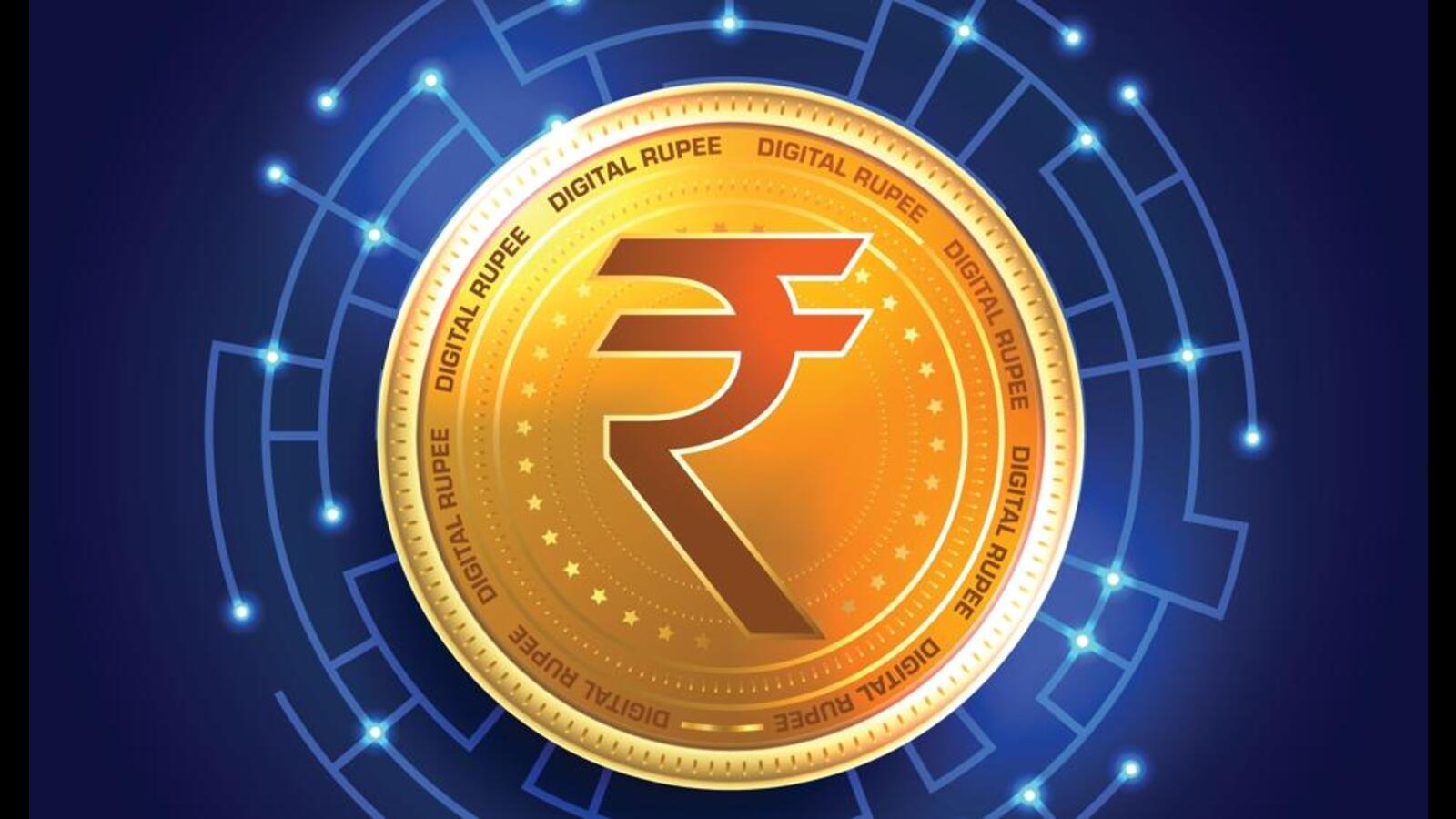Now Reading: RBI’s Digital Rupee: How India’s e-Rupee Could Redefine Payments in Small Towns
-
01
RBI’s Digital Rupee: How India’s e-Rupee Could Redefine Payments in Small Towns
RBI’s Digital Rupee: How India’s e-Rupee Could Redefine Payments in Small Towns

The Reserve Bank of India’s digital currency, known as the e-rupee, is slowly finding its way into the country’s financial system. While metro cities are usually the first to adopt new technologies, the real test of the e-rupee will be in smaller towns where cash still rules. If implemented right, it could make payments faster, cheaper, and more inclusive for millions.
The e-rupee is India’s official digital version of cash, issued directly by the Reserve Bank of India. Unlike cryptocurrencies, it’s fully backed by the government and carries the same value as physical money. People can use it for everyday transactions—just like cash—but through mobile wallets or digital payment apps that support it. For small-town users, this means no dependency on bank cards or internet-heavy platforms.
One major benefit of the e-rupee is accessibility. Many small-town shopkeepers, street vendors, and daily wage earners still prefer cash because they don’t trust online banking or find it too complicated. With the e-rupee, payments can be made offline using QR codes or Bluetooth-based features, which is a big deal for areas with weak internet. It allows people to send or receive money instantly without waiting for network signals or transaction confirmations.
The e-rupee could also simplify government schemes and welfare transfers. Instead of waiting for subsidies to reach their accounts, beneficiaries could receive funds directly into their e-rupee wallets. This would reduce delays and eliminate middlemen. For local administrations, it ensures every rupee goes to the right person with full transparency.
However, challenges remain. Digital literacy is still low in many Tier 2 and Tier 3 towns. People who have just started using UPI or digital wallets may find it confusing to manage another form of money. There’s also the issue of trust—many still prefer physical notes because they feel real and tangible. The RBI and local banks will need to educate users about how safe and easy the e-rupee can be.
There’s also the concern of data privacy. Since the e-rupee is traceable, people worry their spending habits could be monitored. The RBI has stated that transactions will have privacy safeguards, but awareness about how that works needs to be built among users to avoid hesitation.
If adoption increases, the e-rupee could gradually reduce the dependency on physical cash in small towns. Local businesses could benefit from faster payments without the burden of transaction fees that come with card or wallet platforms. It may also encourage digital savings among those who’ve never held a bank account.
In the long run, the success of the e-rupee will depend on how quickly people in India’s heartland adapt to this shift. The RBI’s move is a step toward a more digital, efficient economy—but for small towns, it’s not just about technology. It’s about trust, simplicity, and inclusion. If those are built right, the e-rupee could truly transform the way India pays and gets paid.

























